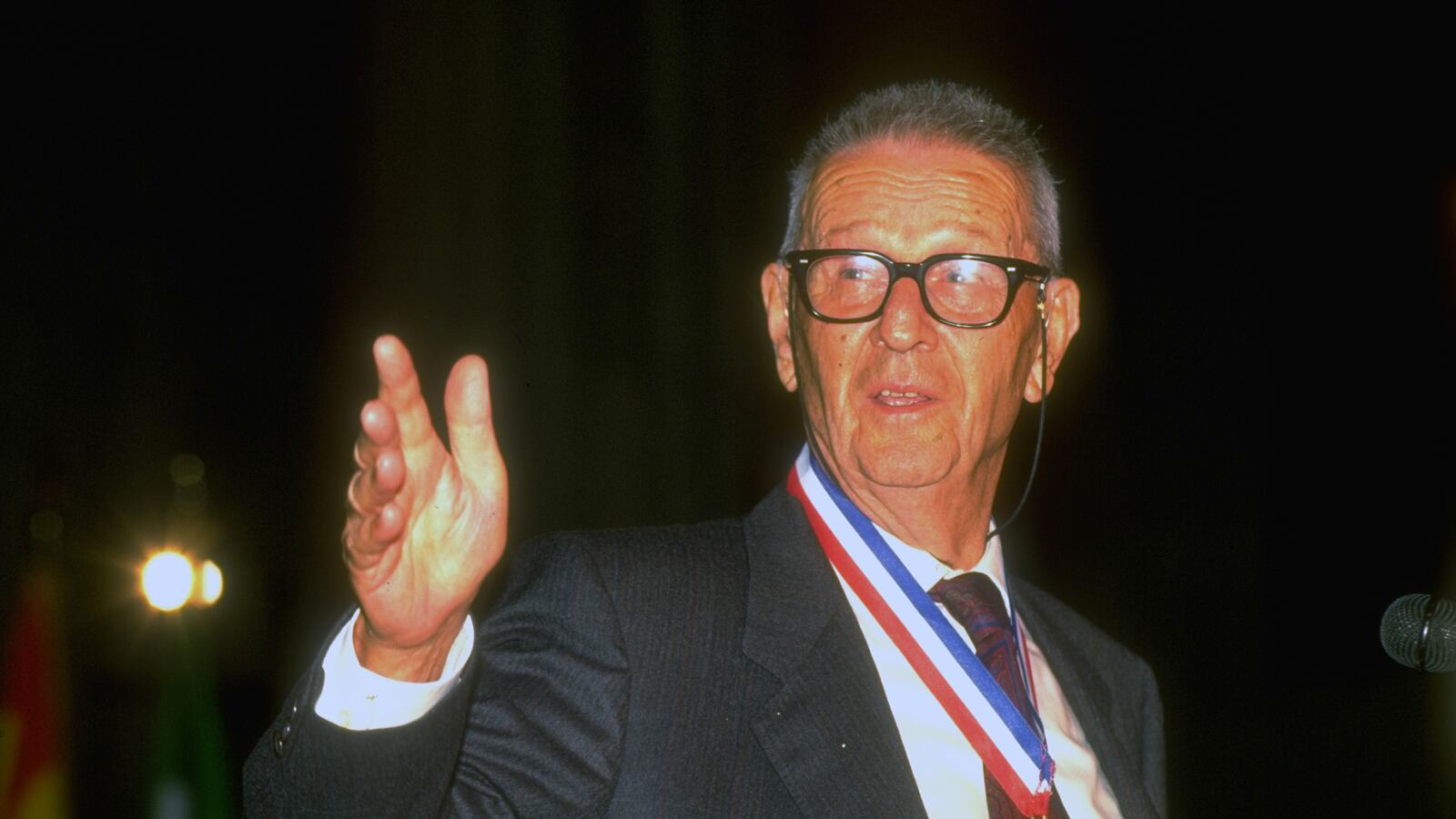Suzanne Gelleri Dear, who has died aged 88, was saved from the Nazis by Giorgio Perlasca, a man who came to be known as “the Italian Schindler,” and repaid his kindness by working as his assistant in trying to rescue other Jews from the Nazis.

Giorgio Perlasca, who died in 1992, is one of the least-known heroes of the Second World War, a man who risked his life to save thousands of Hungarian Jews from the gas chambers. In 1944, when Hitler ordered the military invasion of Hungary, he was working as “Jorge” Perlasca, in the assumed role of “Spanish envoy,” based at the Spanish embassy in Budapest.
The only child of an opera singer and a banker, Zsuzsi Gelleri, as she then was, was born in Budapest on May 30, 1925, and was a teenager when the Nazis invaded. The Gelleris were among many thousands of Jews whose homes and assets were confiscated; however while others were herded into ghettos or sent to the death camps, the Gelleris managed to find shelter in one of the safe houses owned by the legations of neutral countries. As the family prepared for the worst Zsuzsi was advised by her father to conceal as many valuables as she could in her clothes, to pay for food and, if necessary, bribe her way out of trouble.
The Swedish diplomat Raoul Wallenberg gave her safe conduct passes to distribute to Jews in an attempt to keep them from being rounded up, but one day these were found on her by Hungarian Nazi militiamen. She was taken to the Gestapo, interrogated and imprisoned before being force-marched towards the Austrian border with a group of other women. On the way the old and weak were shot and Suzanne was badly beaten and left for dead. Yet she survived and made her way back to Budapest where her parents begged a friend to take her to the comparative safety of the Spanish embassy.
The friend was “Jorge” Perlasca, a one-time Fascist who had fought on the Nationalist side in the Spanish Civil War and as a result, despite having an Italian passport, had been given a document entitling him to diplomatic protection in any Spanish embassy in the world. In Budapest he chose to use this status to save Hungarian Jews, later explaining simply that “I had an opportunity and I took it.” Jews of Sephardic origin were protected by a law of 1924 that granted them Spanish citizenship.
In his memoir, published many years later, Perlasca wrote that “Signorina Zsuzsi Gelleri had been severely tortured... and was in a pitiful state”. He took her under his wing, designating her the Spanish legation interpreter. From December 1, 1944 to January 16, 1945, Perlasca, assisted by Suzanne and others, saved more than 5,200 Jews.
But at the end of January 1945, as the Red Army arrived in Budapest, Suzanne lost contact with Perlasca and also Wallenberg, who was captured by the Russians and later killed. She was imprisoned for a short time by the Communists – something she would never talk about – and left Budapest with her mother in 1949, going first to Vienna and later to Paris and Nice before coming to Britain in the 1950s.
She married Kenneth Dear, a businessman, in 1964, and after his retirement they moved to Malta, then Monte Carlo. Her husband died in 1981.
For many years Suzanne Gelleri Dear tried unsuccessfully to find “Jorge”, the man who had saved her life. She also tried to obtain recompense for the loss of her father’s bank in Vienna which had been taken over in 1938 when the Germans annexed Austria. As compensation for her imprisonment by the Gestapo she was awarded three weeks a year recuperation at a health spa in Abano in Italy. There, in 2003, a chance meeting with Perlasca’s son, Franco (named in honour of the Generalissimo), revealed the true identity of the “Spaniard” with whom she had worked so closely during the war.
Perlasca’s wartime exploits had remained a secret, even to his own family, until 1987, when he was recognised by some Hungarians who were visiting his home city of Padua. In 1989, three years before his death, he was presented with Israel’s Righteous Among the Nations award.
On her return to Monte Carlo Suzanne founded the Association Gelleri – Saved by Perlasca, to locate other survivors and spread the Perlasca story.
More From The Telegraph:
This article was first published by The Telegraph.






